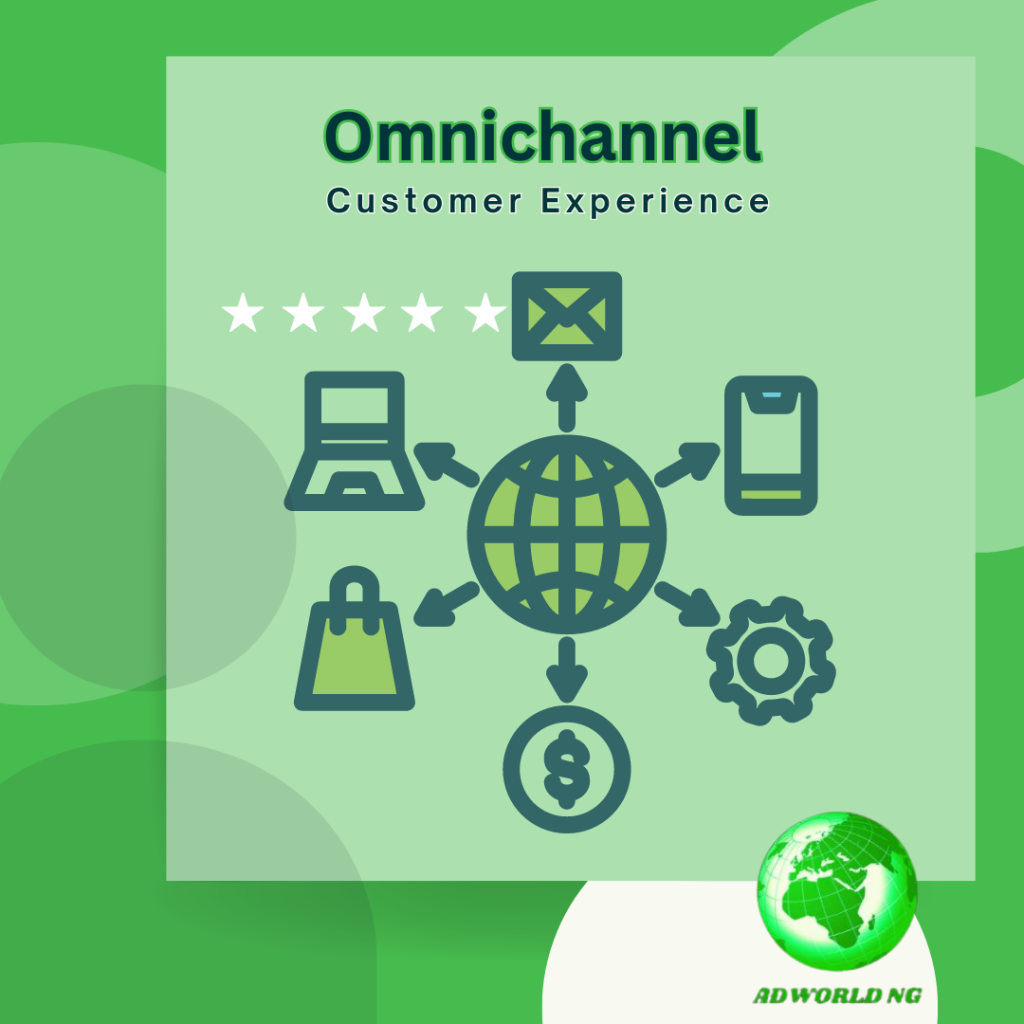Key Techniques for Customer Engagement
Crafting personalized experiences is an essential strategy for fostering meaningful connections with customers. It involves understanding customer preferences, leveraging data analytics, and implementing tailored marketing strategies that engage customers on a deeper level.

Understanding Customer Preferences
Understanding customer preferences is crucial for creating personalized experiences. By analyzing customer data, businesses can gain insights into their preferences, buying behaviors, and interests, enabling them to tailor their offerings to meet their specific needs.
Read: Role of personalization in customer engagement
Leveraging Data Analytics for Personalization
Data analytics plays a vital role in personalizing customer experiences. By utilizing data-driven insights, businesses can create targeted marketing campaigns, offer relevant product recommendations, and provide customized services that resonate with individual customers.

Creating Tailored Marketing Strategies
Tailored marketing strategies are effective in engaging customers personally. By segmenting the target audience and creating tailored marketing messages, businesses can deliver content that speaks directly to customers, addressing their unique pain points and aspirations.
Implementing Interactive Customer Communication
Interactive communication fosters a sense of connection with customers. By using live chat, social media engagement, and personalized email communication, businesses can interact with customers in real-time, addressing their queries and concerns promptly.
Fostering Emotional Connections through Storytelling
Storytelling creates emotional connections that resonate with customers. By sharing authentic stories that reflect the brand’s values and mission, businesses can create a sense of emotional resonance that deepens the customer’s connection with the brand.
Ensuring Consistency Across All Touchpoints
Consistent experiences across all touchpoints build customer trust. By delivering a consistent brand experience through various channels, businesses can create a cohesive brand identity that reinforces customer trust and loyalty.

Also read: Elevate Your Business with Seamless Omnichannel Customer Experience
Encouraging User Participation and Feedback
User participation and feedback are valuable for improving personalized experiences. By encouraging customer feedback and implementing suggestions, businesses can show customers that their opinions are valued and taken into consideration.
Leveraging Technology for Customization
Technology enables businesses to provide customized experiences efficiently. By utilizing customer relationship management (CRM) systems, businesses can track customer interactions and preferences, delivering personalized experiences based on their past behaviors.
Optimizing Customer Service for Individual Needs
Optimized customer service is essential for catering to individual needs. By providing personalized customer support and addressing each customer’s unique requirements, businesses can build stronger relationships with their customers.
Monitoring and Adjusting Personalization Strategies
Monitoring and adjusting strategies ensure ongoing personalization success. By regularly reviewing customer data and feedback, businesses can make necessary adjustments to their strategies, ensuring that they remain relevant and effective.
Creating a Sense of Exclusivity
Creating a sense of exclusivity makes customers feel valued. By offering exclusive discounts, early access to products, or special promotions, businesses can create a sense of exclusivity that encourages customer loyalty.
A Powerful Way to Engage Customers
Crafting personalized experiences is a powerful way to engage customers and build lasting relationships. By understanding customer preferences, leveraging data analytics, and fostering emotional connections, businesses can create meaningful experiences that resonate with their target audience.
FAQs
- How can businesses effectively gather customer data for personalization?
Businesses can gather customer data through various channels, including website analytics, customer surveys, and social media insights, enabling them to collect valuable information for personalization.
- Why is interactive communication important for customer engagement?
Interactive communication allows businesses to establish a direct connection with customers, addressing their queries and concerns in real-time, fostering trust and building strong relationships.
- How can businesses measure the effectiveness of their personalized marketing strategies?
Businesses can measure the effectiveness of their personalized marketing strategies through key performance indicators (KPIs), such as conversion rates, customer engagement metrics, and customer satisfaction scores.
- What role does customer feedback play in refining personalization strategies?
Customer feedback provides valuable insights into customer preferences and expectations, helping businesses identify areas for improvement and make necessary adjustments to their personalization strategies.
- How can businesses maintain a balance between personalization and privacy concerns?
Businesses can maintain a balance by being transparent about data usage, obtaining customer consent for data collection, and ensuring compliance with data protection regulations to build trust and respect customer privacy.
